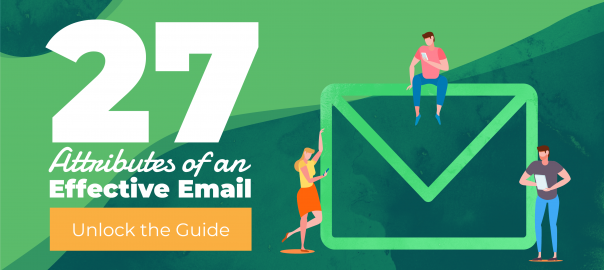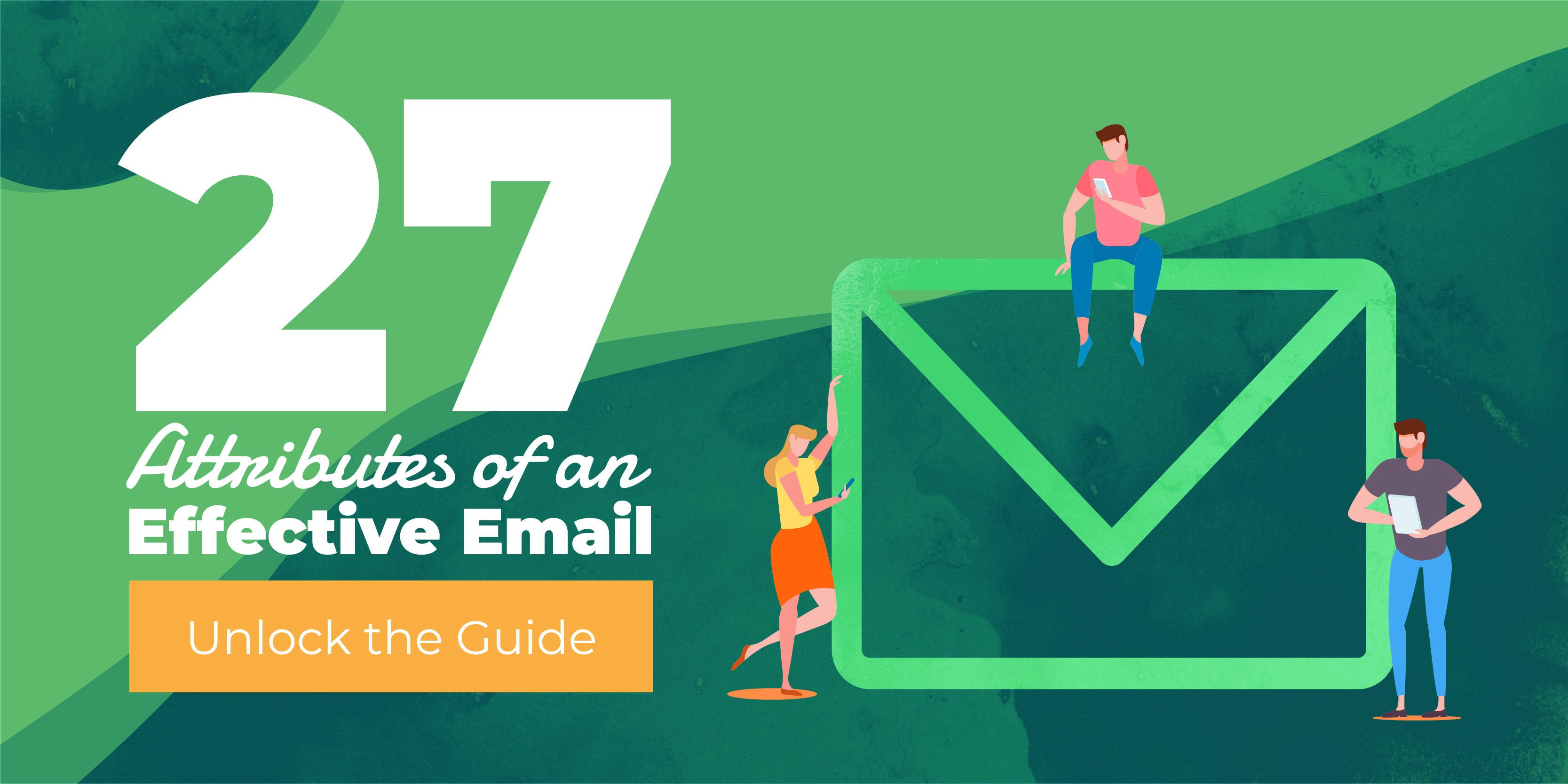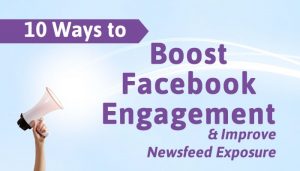A strong SMS marketing strategy is more important than ever before. Marketers love SMS because it offers fast response times and high open rates. Likewise, consumer attitudes have shifted towards SMS marketing. 70% of consumers report having positive feelings towards the medium, and 64% say marketers should use SMS more than they currently do.
Of course, while SMS marketing shares some attributes with email marketing, there are many differences. SMS is generally viewed as more personal than email, and users are alerted every time you send a message. While this is great for engaging online shoppers, it means that users can also burn out faster if SMS campaigns are not precisely executed. Today, we’ll be taking a closer look at crafting an SMS marketing strategy, and what types of campaigns are best suited for this medium.
Why are SMS Campaigns Unique?
Like with any platform, SMS offers a unique set of advantages and challenges. As marketers, it’s our job to play to the strengths of SMS while avoiding common pitfalls.
SMS Advantages
-90% + open rates
-40-45% response rates
-Majority of messages opened within minutes
-80% of the U.S. texts regularly
SMS Challenges
-160 character limit
-Unsubscribe rate higher than email
-Lower rates of lead capture success
-Platform-specific regulations
How to Create an SMS Marketing Strategy
An SMS marketing strategy should focus on being:
-Brief – Keep messages succinct and under character limit
-Timely – Use SMS for campaigns that utilize immediacy
-Clear – Short text with a strong call to action
-Compliant – Follow all regulations
Now that we’ve looked at the most important aspects of an SMS campaign, let’s look at how we can put together an engaging SMS marketing strategy.
Back in Stock Notifications
The Strategy
When an item is out of stock, it often results in lost conversions. Back in stock alerts allow shoppers to receive a notification when the item they want is ready for them. It’s a win-win: users get what they want and your site recovers a conversion that likely would have gone to a competitor.
Why It’s Perfect for Your SMS Marketing Strategy
If an item runs out of stock regularly, the immediacy of a text message is helpful for getting the message to the user quickly. Plus, these messages can be kept relatively short, making them a great candidate.
Example Text
Great news! The BrandX product you wanted is back in stock! Hurry, before it sells out again! Tap here to shop now.
Price Drop Alerts
The Strategy
Price Drop Alerts mitigate price sensitivity without requiring a unique incentive by leveraging natural price fluctuations. You can gather the user’s lead with a simple engagement that says “Would You Like to Know When This Item Goes on Sale?”
Afterwards, send a simple SMS message when the price drops. Price Drop Alerts help you clear excess merchandise, gather leads, and add personalization to your site.
Why It’s Perfect for Your SMS Marketing Strategy
Price Drop Alerts are an excellent example of time-sensitive information. It’s often the case that items go on sale temporarily, or that they may wind up out of stock following a clearance event. In this case, the immediacy of a text message helps a user capitalize on their opportunity while they have time.
Example Text
Price Drop Alert! The BrandX Product you wanted is now 30% off! Tap here to return to BrandX.com.
Flash Sales and Limited Time Promotions
The Strategy
Short-term sales are a great way to re-engage your list and keep your best customers on their toes. They also function as a reward and help remind users of why they subscribed to you in the first place.
Why It’s Perfect for Your SMS Marketing Strategy
Although most emails are opened within a few hours, it’s not uncommon for some to get lost in the shuffle. While that’s fine for a drip campaign, it’s not ideal for a flash sale. SMS on the other hand is perfect for this form of communication because of – you guessed it – immediacy.
In general, every new SMS message will automatically pop up on a user’s mobile device. While that’s sometimes true for email, most people receive too many emails per day for this to be practical. In this case, SMS is a clear winner.
Example Text
Flash Sale! 40% off popular BrandX products. 24 Hours only! Tap here to shop now.
Loyalty Programs
When well-executed, loyalty programs are an online marketer’s best friend. It’s significantly less expensive to convert a returning customer than a new shopper, so rewarding shoppers with points is a great way to keep them coming back again and again.
Examples of successful loyalty programs include Starbucks’ Rewards, the North Face Points Program, and the Moosejaw Rewards Program. These programs are all focused around the same core concept – letting users earn points for purchases. In all three cases, these programs have run for years and build customer lifetime value for a relatively small investment.
Why It’s Perfect for Your SMS Marketing Strategy
SMS offers an excellent way to keep users up to date on their points in real time. You can let shoppers know how many points they’re earned in a single transaction, let them know about new rewards, and remind them before points expire, all in quick, easily digestible messages that are genuinely helpful to users.
Example Text
Congrats! You earned 250 loyalty points from your purchase on 8/20/20. Your total balance is now: 1500 points. Save them or redeem now!
Keeping Your SMS Marketing Strategy Compliant
Now that we’ve looked at use cases for SMS, it’s important to note that the platform is regulated very differently than email remarketing. Compliance is a vital part of an SMS marketing strategy, as regulations are often strictly enforced. While we’ve briefly discussed SMS best practices before, it’s worth going into the finer points of SMS regulations in more detail.
Opt-In/Double Opt-In
In most parts of the U.S., email regulators work with an opt-out system. That means that while users can unsubscribe at any time, they can also be contacted without specifically signing up. SMS operates on an opt-in system, which requires direct consent before marketing messages are sent.
Double opt-in, while not legally required, is a common way to ensure that users never wind up receiving texts without consent. In this model, the user enters their number onsite, then confirms consent in the first message. This functions as a fail-safe in case the user enters their phone number incorrectly, which can lead to a variety of compliance issues.
Required Messaging
If you’re using a double opt-in system, the first message you send will be a confirmation text. Afterwards, you’ll need to send a message that gives details about the user’s subscription.
It should look something like this:
Thanks for subscribing. Msg & Data rates may apply. Msg frequency is recurring. Reply “X” to cancel at any time, reply “HELP” for help.
While it would be more convenient to simply get to your message, sending a standard text like this shields you from common complaints, keeps you compliant, and offers helpful information.
Send Times
As with any form of communication, SMS has its own form of etiquette. Use the golden rule here; text others only when you would want to be texted. Generally that means between 9 AM and 9 PM. Research finds that users respond best when messages are sent between 3 and 5 PM on both weekdays and weekends.
Text Frequency
The opt-out rate for SMS is significantly higher than email. That’s because text messages demand immediate attention – which can be a double edged sword. In general, research suggests sending about 1 message per week and rarely more than 2.
The Emoji Question
Emoji are commonly used in personal texts between friends and family. These images can add a sense of fun and playfulness to your messages, but we advise you to tread carefully.
While emojis have grown in popularity over the last 5 years, they’re still not preferred by everyone. From the limited research done on the subject, it appears that emoji use and acceptance tends to decrease with age.
Ultimately, whether or not you use emojis should come down to your brand’s voice and tone. What works for a lively fashion boutique probably wouldn’t work for a banking website, etc. If your audience trends younger and you’re confident that you can use emojis in an effective way, they can enhance your messaging. However, if your audience trends older or is mostly looking at you as an authority in some matter – it’s probably best to leave the emojis for your friends.
Optimizing Your SMS Marketing Strategy
A great SMS marketing strategy helps keep users engaged and offers distinct advantages not available through other platforms. While the medium has limitations, a carefully thought out SMS strategy uses immediacy and brevity to maximize the value of the platform.
Looking for More Ways to Increase Your Conversions?
Check out UpSellit’s 27 Attributes of an Effective Email. This in-depth guide covers the ins-and-outs of crafting the perfect remarketing email. It’s a great resource and it’s totally free! Download it today and start writing awesome emails that convert.
Digital & Social Articles on Business 2 Community
(15)




